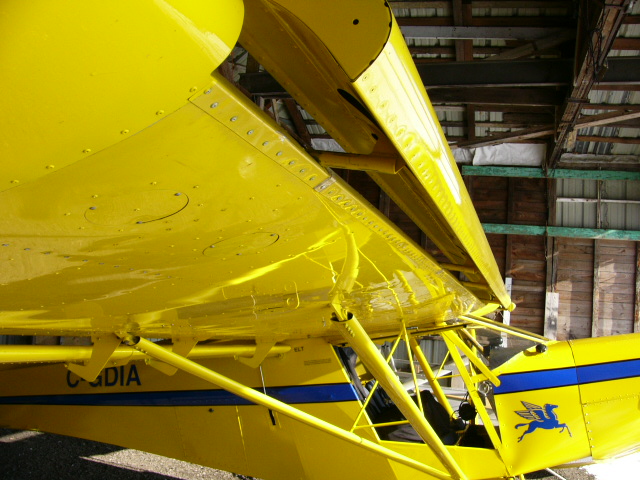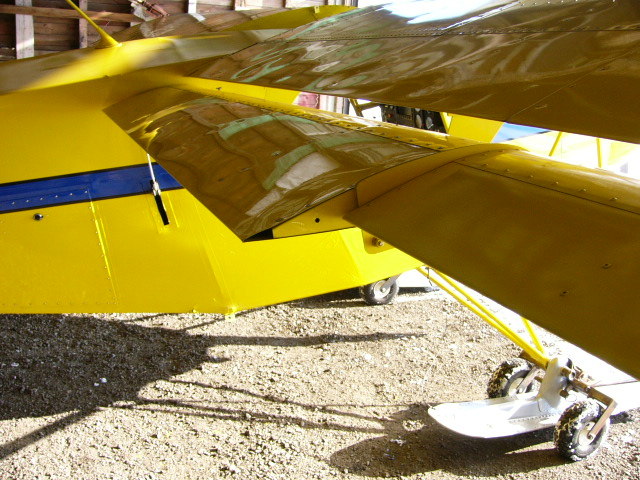Hello
oiseautempete wrote:former oceanic wrote:By dint of watching the cars pass in the streets I tell myself that they are all more aerodynamic in reverse than in forward

The aerodynamic ideal is roughly the shape of a 12.7 machine gun bullet, fine nose, maximum volume in the middle, narrowing backwards, ass abrupt rupture: and that's exactly what the current cars look like, with naturally the constraints of length ...
It is totally wrong to believe that the ideal form is that of a drop of water: it is more dictated by the force of gravity than by aerodynamics ...
Disagree for the ideal aerodynamic shapes
For having made several bonnet on the planes, for 200 speeds at 260kmh the overly sharp pointed hood are significantly less efficient than the rounded hoods with air intake carburetor motor extentioner, as well as propeller spacer to extentioner forward . The aerodynamic gains are more at the air outlet under the hood than at its front form, the hot air outlet of the engine must remain the rau desoudoud fuselage
the small details like the slits of fins and rudders, simply clogged with adhesive tape we won an extra 18kmh.
I am on the tests now of a freshly built airplane just change the angle of the fixed plane back have is going from 210kmh to 224kmh ..
Note the sheet placed under the hood to get the air under the fuselage, we also notice the slots in the fins and elevator depth.
Just before one's mouths
You have to make one change at a time, then a flight test, full ga zen landing, you have to start with the most important drag, then concentrate on the small drag, otherwise the gains are not measurable.
For the wheels we modify a single fairing and we see if the plane pulls on one side (for the wheels it is more the wheel leg junction with the carenage which is of importance that the carenage itself

Hood not very effective of this recent plane

Efficient rounded hood of this 140 Cessan1946

Aerodynamically this Quikie 2 is very refined with a motor derived from VW 2 liter it exceeds the 300kmh, a rapid acceleration in dive

)











